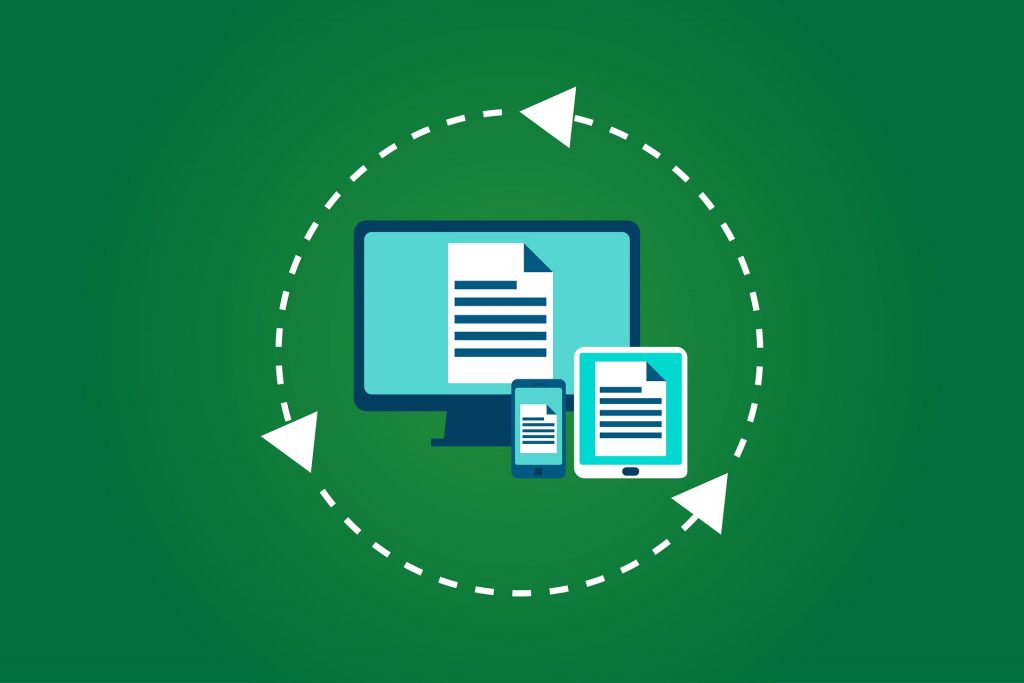Customer Retention Funnel Optimization
Your business works hard to attract customers through a mix of channels. And you probably invested a lot of time, effort, and money in gaining your customers’ trust. It only makes sense that you would want to hold on to them.
A customer retention funnel is essentially the steps your customers take from the first time they buy from you until they stop being your clients. By optimizing your customer retention funnel, you can make is essential to help make sure your customers are staying with you for a long time.
In this article, I will talk about best practices for optimizing your customer retention funnel and the kind of tools you will need.
If you want to learn more, keep reading.
Why is retention funnel optimization important?
Repeat customers spend 67% more than new customers, according to research. As a result, focusing your efforts on optimizing your retention funnel rather than your acquisition funnel will yield a higher ROI.
Furthermore, while your existing customers are the foundation of your revenue, it is actually 5x cheaper to retain them rather than seek out new customers.
In other words, developing highly loyal customers who will remain with your company for years to come is less costly and generates more revenue.
That is why optimizing your retention funnel and making the entire process your customers go through is critical to assist your business in growing at a sustainable rate.
Tips to optimize your retention funnel

Taking a look at your metrics is important but it’s not the only factor to consider when optimizing your retention funnel.
Here is a list of best practices to optimize your customer retention funnel:
1. Understand your ideal customer profile (ICP)
The ideal customer profile defines the attributes of clients that are expected to become your business’ most valuable customers.
In other words, ICPs are about understanding who your audience is, figuring out who would benefit the most from your products or services, and how to best interact with them.
ICPs are used to define what the customer needs and how to ensure that your marketing resonates with your audience.
Why is it important?
Understanding the unique characteristics of your ideal customers allows you to stop wasting time and effort trying to attract an audience that doesn’t necessarily need your product/service and is likely to leave you after a short time. Doing so also allows you to focus your marketing efforts and budget on prospects who are more likely to stay as a client.
If you concentrate your efforts on your ideal customers and create an experience that meets their needs, they are more likely to remain your customers because they believe you give them exactly what they want.
Understanding your ICP is also important if you want to create personalized content and campaigns.
2. Incentivize and reward loyal customers
If a customer feels taken for granted, a single blunder may lead them to seek a better opportunity with a competitor. As a result, it is critical that you reward your customers for sticking with you.
Loyalty can be rewarded through personalized sales, sending coupons when they have been a customer for a certain amount of time, etc.
Customers will be more likely to stick with you if you provide them with benefits and reasons to do so.
However, be cautious not to overuse these discounts, coupons, and the like, as they can be costly. Small, thoughtful gestures such as thank you or happy birthday emails can always generate reciprocity.
3. Keep your onboarding smooth
First impressions are crucial. Most customers will remember their first experience with your company the most after the initial excitement of acquiring a new product or service. They are more likely to stay if it is enjoyable.
A good onboarding process is an important customer retention strategy that can help you acquire loyal customers who will stay with you for many years.
Your onboarding process, like most aspects of customer retention, should be personalized based on your ideal customer profiles and be as frictionless as possible.
4. Analyze the user response to new features

It’s fantastic that you’re constantly improving your product and adding new features and functions to it. However, don’t forget to assess how your customers reacted to these new features.
Examine user reviews and forums to see how your users like these new features, or use a tool like HockeyStack to check engagement by feature charts. This will give you a better idea of how useful your new features are for your users.
Doing so will also help you keep what works and use it as a guide to improve other features so that your customers are satisfied. And, as you know, satisfied customers are more likely to continue doing business with you.
5. Keep your sales cycle short
A sales cycle is the entire workflow starting from the first point of contact with the lead and extending all the way until the sale is closed and beyond.
And if you have a long and arduous sales cycle, your prospects can get tired to the point of running to a competitor.
Consider making your sales cycle as short and efficient as possible to avoid this. This way, your potential, and returning customers will find it easier to stick with you for a longer period of time.
6. Keep track of metrics
As I mentioned above, keeping track of metrics is important in order to optimize your customer retention funnel.
So, I listed below some of the important retention metrics you should definitely track.
Churn Rate
In its simplest definition, the consumer churn rate is a metric that illustrates the rate of consumers a company loses in a given period of time.
This loss of customers can take various forms, including not renewing expiring contracts, switching to another company, or canceling existing subscriptions.
The most basic formula to calculate the churn rate is:
(number of churns during a certain period) : (number of customers at the beginning of that period) x 100 = churn rate%

Or you can use a tool like HockeyStack to track and calculate churn rate and many other metrics for you.
You can see in this screenshot taken from the HockeyStack live demo, It shows you exactly where, when and how many customers decided to drop off.
Retention Rate
It is extremely important to know how many of your customers are newcomers and how many are recurring.
The retention rate shows how many users continue to do business with you after a given period of time.
When you monitor your retention rate, you can identify if you need to make significant changes in order to meet your sales and growth goals. The concept is simple: the higher the retention rate, the higher the customer loyalty, and therefore the higher the profit that will come from these customers.
Customer Lifetime Value
Customer Lifetime Value (CLV) is an estimate of the value your relationship with a customer can bring to your business.
This approach allows you to demonstrate the future revenue you can generate from your marketing initiatives.
The longer your business can retain a customer, the higher the customer lifetime value.
What kind of tools do you need to analyze the retention funnel?
You can analyze your retention funnel using analytics tools that offer product usage analysis and show you which features are used and how frequently. You would also need to use a tool that shows you how much time is spent using these features, how frequently an average customer uses a feature, and so on.
Keeping a tool that helps you to collect feedback through surveys and website analysis to determine where and when drop-offs occur or if your customers have complaints is also a great idea. This allows you to identify factors that prevent you from retaining customers, such as friction, unused features that provide little value to your customers, and so on.
Here, it’s important to note that tracking critical customer retention metrics in real-time will assist you in making data-driven decisions that will help you retain customers more effectively. Since the data will be available for analysis as and when it happens, there’s a better chance of you making amends in good time and show your customers that you want them to stay.
Simplify retention funnel optimization with HockeyStack
HockeyStack is just the tool you need for optimizing your retention funnel by displaying real-time data pulled directly from your payment processor or CRM. HockeyStack tracks metrics, allows you to create comprehensive dashboards, and assists you in gaining insights for customer retention.
Let’s see how the tool looks in action:
Say you have launched a new feature in your product. HockeyStack can show you how it compares to other features you already have and whether it is successful or not, so that you can make changes and get on the right track to customer retention.

As I mentioned above, HockeyStack also tracks key retention metrics for you to see what you can improve in your retention funnel. For example, a high churn rate or a low customer lifetime value are indicators that you may be having retention issues.
Try HockeyStack’s live demo or free trial to see for yourself how HockeyStack can help you start optimizing your retention funnel today!
FAQs:
What are the top 3 keys to customer retention?
1. Customers don’t want you to sell to them.
2. Knowledge plus communication equals customer success.
3. Trust is key.
What is a retention strategy?
Customer retention strategies are the processes and initiatives businesses put in place to build customer loyalty and improve customer lifetime value.



